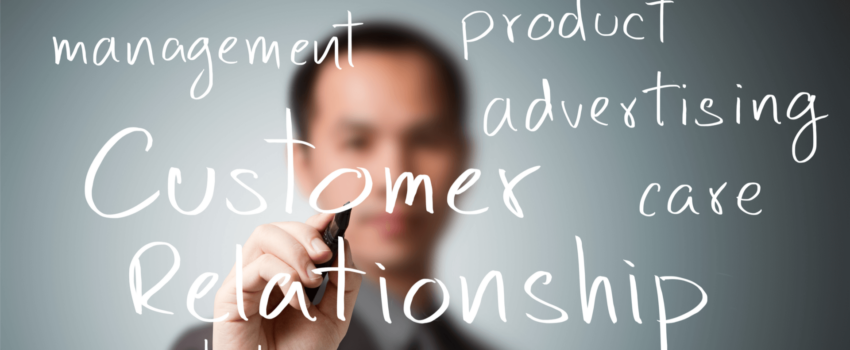Announcing our Community Partner: Denver Scholarship Foundation
We are excited to share that Denver Scholarship Foundation (DSF) has been selected for our next community partnership.
Read More About Announcing our Community Partner: Denver Scholarship Foundation





